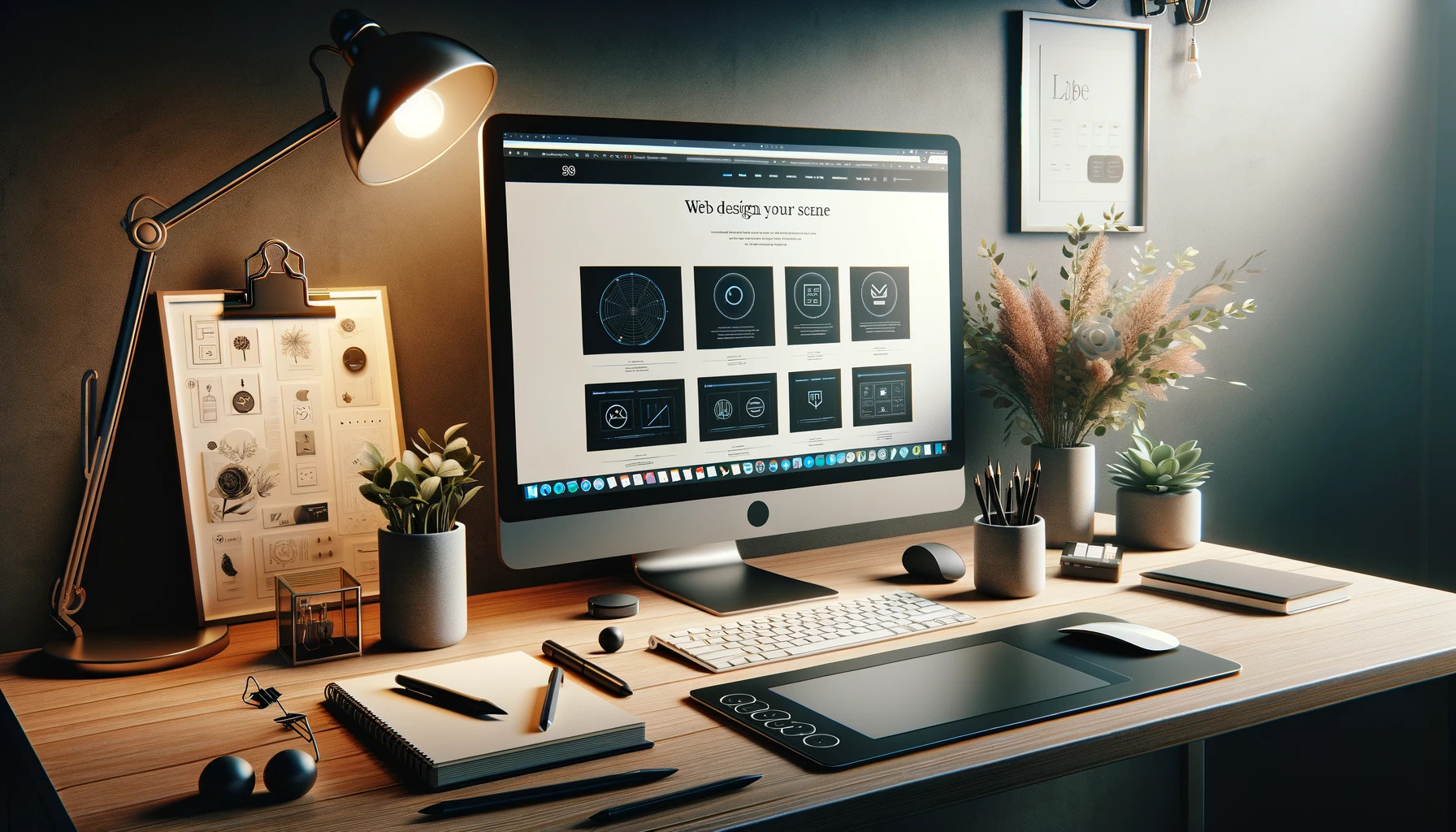How to Use PNG Images Effectively in Web Design
By Harold
Published March 25, 2024
 How to Use PNG Images Effectively in Web Design
How to Use PNG Images Effectively in Web Design
In the vibrant world of web design, PNG images stand out for their crispness and versatility, making them a staple for designers aiming to craft visually compelling websites. This article dives into the art and science of utilizing PNG images to enhance your web design projects. By integrating free PNG images, aligning with PNG design trends, and adhering to best practices using PNG, you can elevate the aesthetic appeal and functionality of your websites.
Understanding the Strengths of PNG
PNG images are celebrated for their transparency capabilities and lossless compression, making them ideal for detailed graphics, logos, and icons that require precision and quality. Unlike JPEGs, PNGs maintain their clarity and quality regardless of how many times they're edited or saved, a feature particularly beneficial in PNG for designers who prioritize image integrity in their work.
Optimal Usage Scenarios for PNG
- Complex Images with Transparency: PNG's support for alpha transparency is perfect for creating overlays, logos, and interface elements that blend seamlessly with various backgrounds.
- Text-heavy Images: Given their lossless compression, PNGs ensure that images with text stay sharp and readable, contrary to JPEGs that might introduce artifacts.
- Web Graphics and Icons: The crisp edges and support for transparency make PNGs ideal for web graphics and UI elements, enhancing user experience through visually engaging design.
Incorporating PNG Images in Web Design
To effectively leverage PNG images in your web design, consider the following strategies:
- Optimize for Performance: Despite their benefits, PNG files can be larger than JPEGs. Use tools to compress PNG images without losing quality, ensuring your website remains fast and user-friendly.
- Embrace Transparency: Utilize PNG's transparency to create effects like drop shadows, gradients, and overlays, adding depth and dimension to your designs.
- Responsive Design: Ensure your PNG images are optimized for different devices. Responsive web design isn't just about layout but also about optimizing resources for varied screen sizes.
Harnessing Free PNG Images
The internet is awash with resources offering free PNG images that can significantly reduce design time and costs. These assets can be invaluable, especially for rapid prototyping or when the budget is tight. However, always verify the license and usage rights to avoid legal complications.
Following PNG Design Trends
Staying abreast of PNG design trends can provide fresh inspiration and keep your projects relevant. Whether it's embracing minimalist icons or integrating complex, layered transparencies, understanding how PNGs are being used in cutting-edge design can give your work a contemporary edge.
Best Practices Using PNG
Adhering to best practices using PNG in graphic design not only enhances the visual appeal of your projects but also optimizes their performance and accessibility:
- Selective Use: Choose PNGs for the right purposes, such as images needing transparency or intricate details, and use more size-efficient formats where appropriate.
- Quality vs. Size Trade-off: Balance image quality with file size by considering the intended use of the image and the overall impact on your site's loading time.
- Accessibility Considerations: Always provide alt text for images, including PNGs, to ensure content is accessible to users relying on screen readers.
PNG in Graphic Design
PNG in graphic design plays a pivotal role, especially in creating digital assets that demand high fidelity and detail. Understanding when and how to use PNGs effectively can significantly impact the visual quality of your designs, whether for web, mobile, or print projects.
Conclusion
Effectively using PNG images in web design is an art that balances aesthetics with performance. By optimizing PNGs for web use, embracing their strengths, and staying updated on design trends, you can create visually stunning and performant websites. Remember, the goal is not just to make a website look good but to ensure it delivers a seamless user experience. By following these guidelines, you're not just using PNGs; you're mastering a crucial tool in the modern web designer's toolkit.